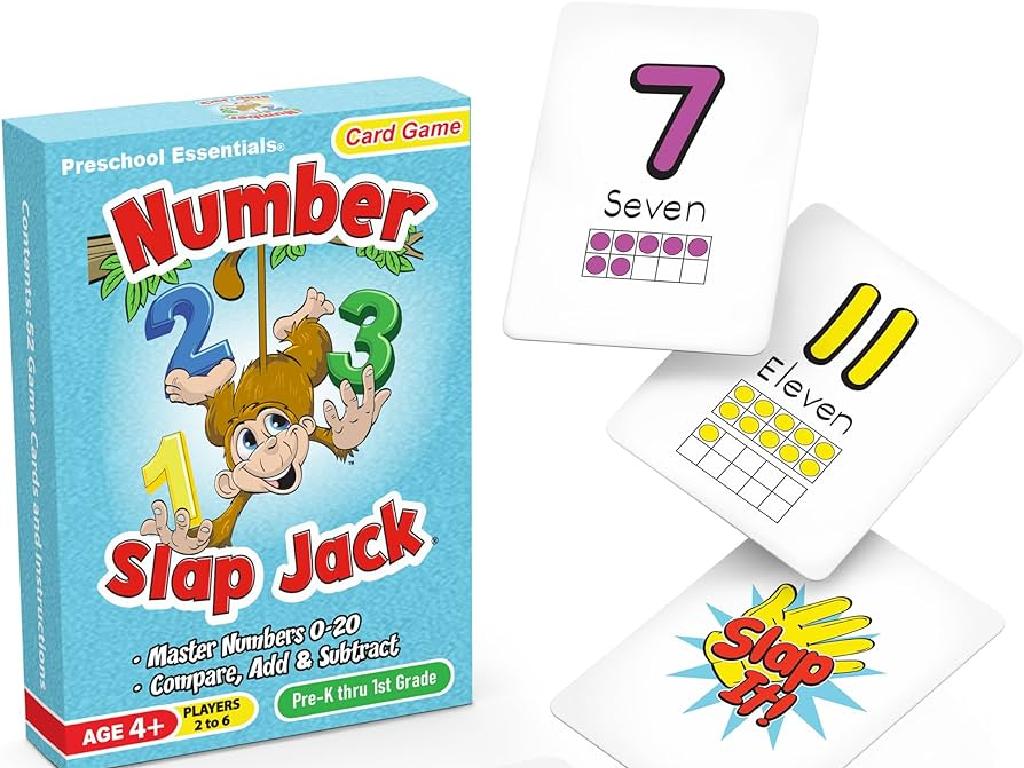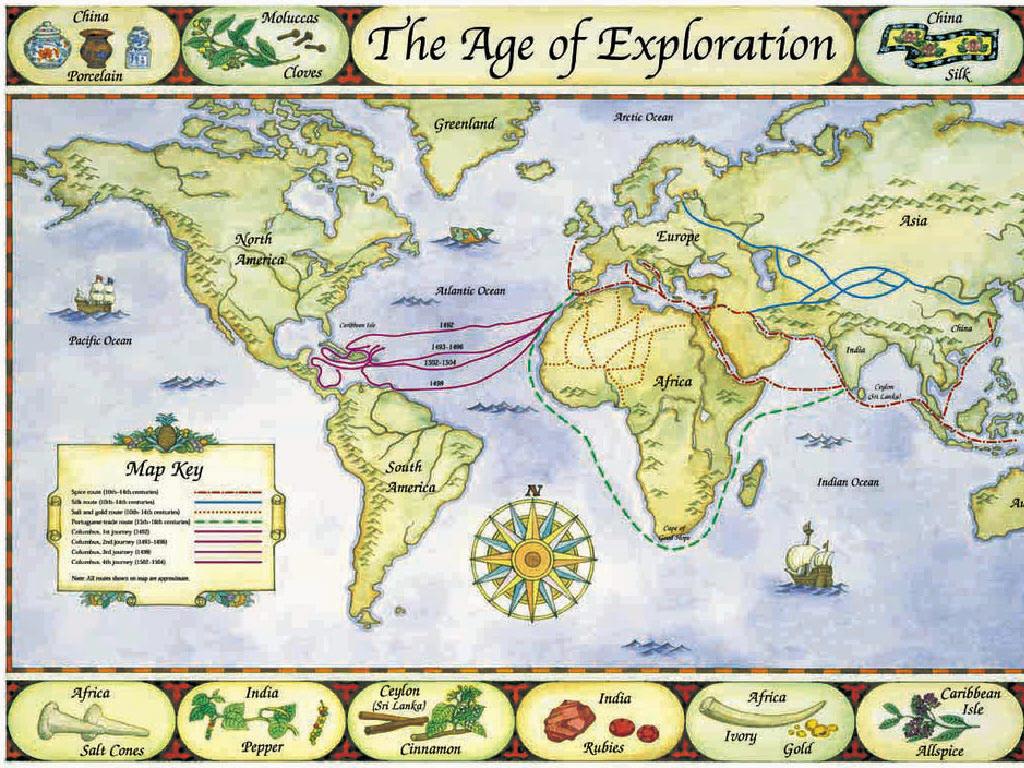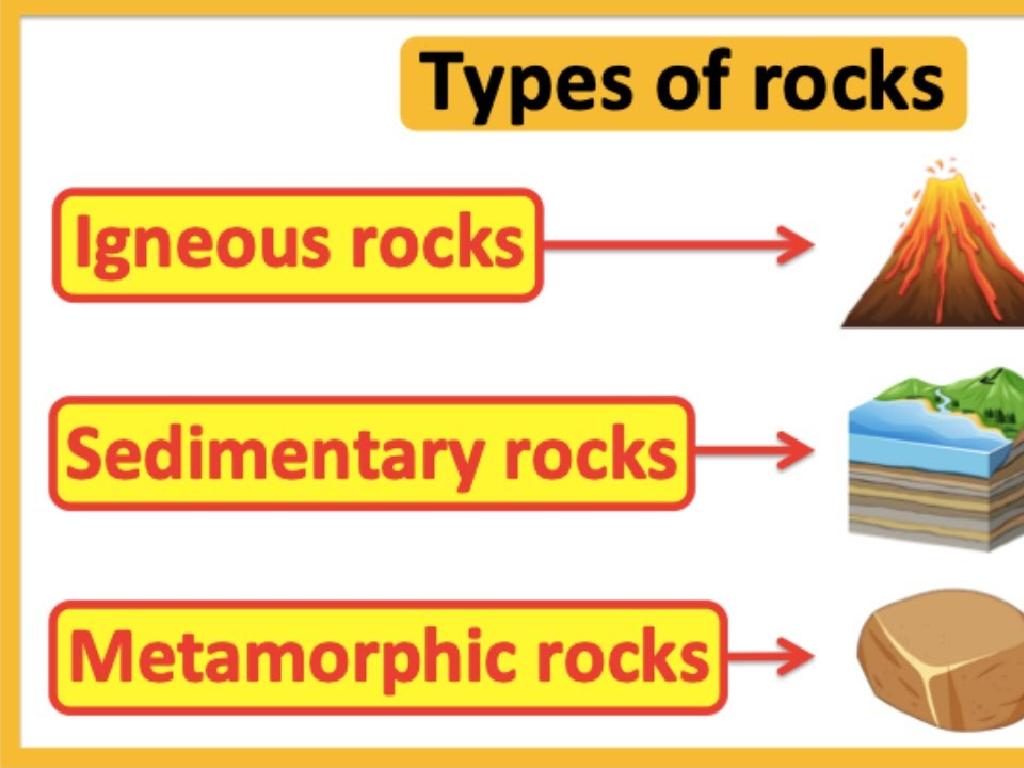Analyze The Effects Of Figures Of Speech On Meaning And Tone
Subject: Language arts
Grade: Fourth grade
Topic: Literary Devices
Please LOG IN to download the presentation. Access is available to registered users only.
View More Content
Figures of Speech: Language’s Magic
– Words paint mental pictures
– Like an artist uses colors, writers use words to create images in our minds.
– Feelings through language
– How certain phrases make us happy, scared, or excited.
– Stories & poems come alive
– Discover how writers use figures of speech to make tales and poems more engaging.
– Figures of speech in action
|
This slide introduces students to the concept of figures of speech and their role in literature. It’s designed to help students understand that words are not just for conveying information; they can also create vivid images and evoke emotions. By comparing language to art, students can relate to the idea that writers paint with words. Emphasize how figures of speech enhance the reader’s experience by making stories and poems more vivid and emotionally rich. Provide examples of similes, metaphors, and personification from familiar stories or poems. Encourage students to think of their own examples and consider how different words make them feel.
Exploring Figures of Speech
– Figures of speech are special expressions
– Like saying ‘time flies’, meaning time goes fast, but time can’t really fly
– They are not meant to be taken literally
– When we say ‘break a leg’, we don’t mean to actually break a leg, it means ‘good luck’
– Examples include simile, metaphor, personification
– Simile compares using ‘like’ or ‘as’, metaphor says something ‘is’ something else, personification gives human traits to non-human things
– They add flavor to our language
|
This slide introduces students to figures of speech, which are a key component of literary devices. They help to create vivid images and convey emotions effectively in writing. By understanding that these phrases are not literal, students can begin to interpret the deeper meanings behind the words. Use examples that are relatable to fourth graders, such as ‘as brave as a lion’ for simile, ‘the classroom was a zoo’ for metaphor, and ‘the wind whispered through the trees’ for personification. Discuss how these figures of speech affect the tone and meaning of a sentence, making language more engaging and expressive.
Exploring Similes in Literature
– Understanding similes
– Similes compare two things to highlight similarities.
– Similes use ‘like’ or ‘as’
– ‘as busy as a bee’ or ‘like a bull in a china shop’
– Example: Moon and diamond
– ‘The moon shone like a diamond’ suggests brightness and beauty.
– Reflect on simile’s effect
|
This slide introduces the concept of similes to the students, explaining that similes are a figure of speech used to compare two different things, showing similarities between them. The use of ‘like’ or ‘as’ is crucial in forming similes. For example, comparing the moon to a diamond emphasizes its brilliance and preciousness, which can make the moon seem more magical or special in the reader’s mind. Encourage the students to think about how this comparison affects their perception of the moon and to discuss the feelings or images that the simile evokes. This will help them understand how similes contribute to the meaning and tone of a text.
Exploring Metaphors in Literature
– Understanding metaphors
– A metaphor directly compares two things without ‘like’ or ‘as’
– Metaphors vs. Similes
– ‘Time is a thief’ example
– Imagines time as a sneaky thief, taking away moments without notice
– Discuss metaphor imagery
– How does this metaphor make you feel about time?
|
This slide introduces metaphors, a key literary device in language arts. Metaphors make direct comparisons without using ‘like’ or ‘as’, unlike similes. Use the example ‘Time is a thief’ to illustrate how metaphors can create vivid images and convey emotions effectively. Encourage students to think about the imagery and feelings this metaphor evokes. Discuss how the metaphor influences their perception of time and ask them to share what kind of image or feeling it creates in their minds. This will help them understand the power of metaphors in shaping meaning and tone in literature.
Exploring Personification
– Personification explained
– Giving human traits to objects or ideas
– Example: Wind as a whisperer
– ‘The wind whispered secrets through the trees’ suggests the wind is like a person who can whisper
– Activity: Human-like wind
– Think of actions only people do. Can the wind ‘do’ any of these?
|
Personification is a figure of speech where non-human things are described with human characteristics, which can make descriptions more vivid and relatable. For example, saying ‘the wind whispered’ gives the wind a human ability, suggesting a gentle and secretive movement of the leaves. In the activity, ask students to brainstorm and write down actions that people do, like whisper, shout, or dance. Then, have them think creatively about how the wind or other non-human things might ‘do’ these actions. This exercise helps students understand how personification can add depth to writing and make it more engaging. Encourage them to share their ideas and discuss how these descriptions affect the tone and meaning of a sentence.
Figures of Speech: Shaping Meaning and Tone
– Figures of speech enhance language
– They add excitement, humor, or beauty
– Simplify complex ideas
– Make hard ideas easier to understand
– Poem reading activity
– We’ll read a poem to find them
– Discover figures of speech
– Identify similes, metaphors, personification
|
This slide aims to help students understand how figures of speech affect the meaning and tone of language. Figures of speech, such as similes, metaphors, and personification, can make language more engaging and help convey complex ideas in relatable terms. During the poem reading activity, guide students to identify and discuss the figures of speech they encounter. Encourage them to consider how these literary devices influence their interpretation of the poem’s meaning and the emotions it evokes. This exercise will enhance their analytical skills and appreciation for the nuances of language.
Exploring Tone Through Figures of Speech
– Understanding tone in text
– Tone is how the author feels about the subject
– Figures of speech affect tone
– Like a voice’s happy or sad sound in writing
– Tone shift: serious to playful
– Serious like a documentary, or fun like a cartoon
– ‘Classroom was a zoo’: Discuss tone
– Does this make you think of noisy, wild fun?
|
This slide aims to help students understand how figures of speech can influence the tone, or the author’s attitude, in a piece of writing. Tone can be thought of as the voice’s sound in writing, which can express different emotions. Figures of speech, like metaphors and similes, can dramatically shift this tone from serious to playful, or from sad to hopeful. For example, saying ‘The classroom was a zoo’ suggests a playful and chaotic atmosphere, rather than a serious or orderly one. Encourage students to think about how this metaphor paints a picture of the classroom environment and ask them to share what feelings or images it evokes. This will help them grasp how figures of speech can shape a reader’s interpretation of the text’s tone.
Your Turn: Create Your Own Figures of Speech!
– Think of a classroom object
– Write a simile about it
– Compare the object to something else using ‘like’ or ‘as’
– Create a metaphor
– Say the object is something else to show a resemblance
– Personify the object
– Give the object human qualities or actions
|
This activity is designed to help students understand and create figures of speech, which are tools that writers use to give their writing more expression and make it more interesting. Similes compare two things using ‘like’ or ‘as’, metaphors state that one thing is another, and personification gives human traits to non-human things. Encourage creativity and have students share their sentences with the class. Discuss how each figure of speech changes the way we picture the object and the tone it sets. Possible activities: one student could describe an object with a simile, another with a metaphor, and a third could personify the same object. Compare the different effects each figure of speech has on the description.
Class Activity: Literary Device Hunt
– Find figures of speech in books
– Discuss their effect on meaning
– How does a metaphor change the story?
– Discuss their effect on tone
– Does a simile make the story feel light-hearted or serious?
– Present findings to the class
|
This activity is designed to help students recognize and understand figures of speech within the context of literature they are familiar with. Divide the class into small groups and have each group select a book they enjoy. Their task is to identify examples of figures of speech, such as metaphors, similes, personification, etc. They should discuss how these literary devices influence the meaning of the text and the author’s tone. Are they used to create humor, sadness, excitement? After the discussion, each group will present their examples and explanations to the class. This will help students learn from each other and better grasp the concept of figures of speech. Possible activities: one group can focus on similes, another on metaphors, and so on, to ensure a variety of examples.
Conclusion: The Power of Figures of Speech
– Importance in writing
– They add flavor and emotion, making stories lively!
– Enhancement of reading
– Figures of speech create vivid images in our minds, making reading more enjoyable.
– Share your interesting learnings
|
As we wrap up today’s lesson, emphasize the significance of figures of speech in making writing more engaging and expressive. They are the tools that writers use to convey emotions and to paint pictures in the reader’s mind, which makes the reading experience more immersive. Encourage students to reflect on what they’ve learned and to share one aspect of the lesson that they found particularly interesting or surprising. This reflection helps to reinforce their understanding and allows them to appreciate the beauty and complexity of language.






